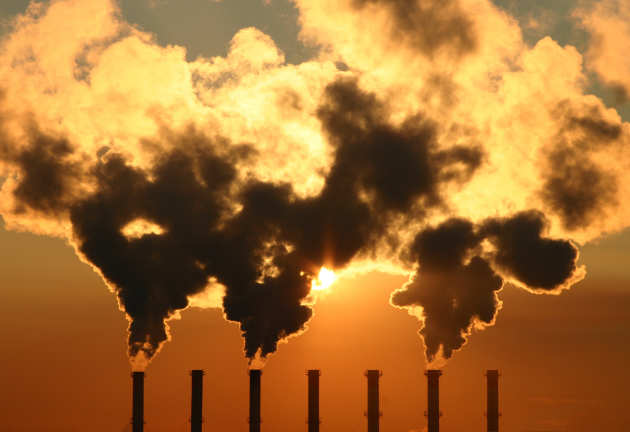Halving Global CO2 by 2050: Technologies and Costs
Topics: Mitigation
Type: Collaborative publications
Publication date: September 2013
Download
Summary
A joint study by the Energy Futures Lab and the Grantham Institute
Project lead: Prof Nilay Shah
Halving global CO2 by 2050 - report annex
 Several analyses have suggested that limiting global warming to a 2 degrees Celsius rise above pre-industrial levels would require CO2 emissions of between 10 and 20 Giga tonnes (Gt) by 2050, depending on levels before and after this date. In 2008, leaders at the Hokkaido Toyako G8 Summit in Japan agreed to support a goal of halving global CO2 emissions (then at levels of around 30Gt) by 2050, with a view to limiting global warming.
Several analyses have suggested that limiting global warming to a 2 degrees Celsius rise above pre-industrial levels would require CO2 emissions of between 10 and 20 Giga tonnes (Gt) by 2050, depending on levels before and after this date. In 2008, leaders at the Hokkaido Toyako G8 Summit in Japan agreed to support a goal of halving global CO2 emissions (then at levels of around 30Gt) by 2050, with a view to limiting global warming.
This analysis, by a cross-departmental team of scientists, engineers and economists at Imperial College London, considers the technologies required, and associated energy system costs, of limiting global energy-related CO2 emissions to about 15 Gt in 2050. The analysis uses models representing the electricity, transport, buildings and industry sectors of each of ten world regions, employing estimates of future energy demand and feasible rates of uptake of low-carbon technologies to assess how the world’s energy system will change by 2050.
The analysis considers different levels of future fossil fuel prices, as well as different deployment constraints on low-carbon technologies in the electricity sector, to give a range of cost estimates of mitigation towards the 2 degrees Celsius goal.
The analysis comes at an important moment in the development of international climate change policies, with the imminent release of the fifth assessment report of the Intergovernmental Panel on Climate Change. The assessment will set out the latest scientific knowledge on climate change, its impacts and the case for action to address it. It is hoped that a new global agreement to limit global warming will be agreed by the end of 2015.
The key findings of this study are:
- If historic trends in energy usage continue, our analysis suggests that global CO2 emissions are likely to increase to around 50 Gt per year by 2050, and global fossil fuel consumption will increase by 50 per cent compared to current levels.
- It will about 1 per cent of global GDP per year by 2050, and could cost significantly less depending on the future price of fossil fuels.
- Such a transition will require a broad range of technologies across all sectors of the economy. Renewables, nuclear and carbon capture and storage play a central role in drastically decarbonising the electricity sector. The industry, buildings and transport sectors decarbonise through increased electrification, energy efficiency and bio-energy usage.
- A 30 per cent improvement in energy efficiency by end users is possible by 2050.
- Fossil fuel demand would be reduced by almost 40 per cent in 2050, compared to if no action to reduce emissions is taken.
- Every one of the ten regions studied makes a significant contribution to the overall achievement of the low-carbon transition.



